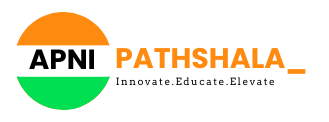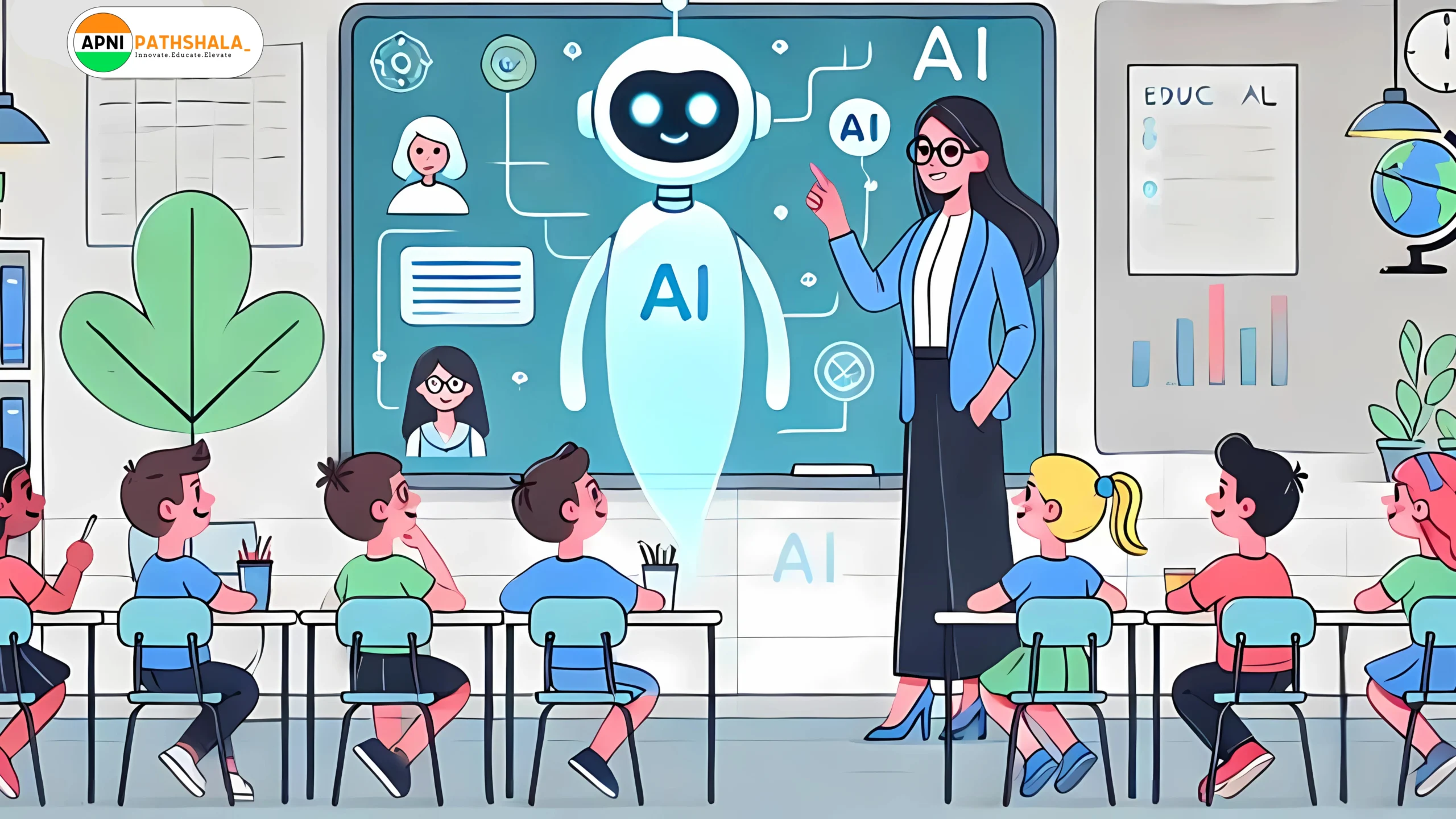Why Traditional Schools Are Struggling with AI (And Why Microschools Aren’t)?
Think about this: You walk into a school classroom today, and it looks almost the same as it did 50 years ago. Chalkboards (or maybe whiteboards), rows of desks, a teacher trying to manage 50 students, and a textbook-driven syllabus that barely changes.
But outside the classroom? The world is moving fast. AI is everywhere—your phone suggests what to watch, chatbots answer your questions, and companies are using AI to automate work. Yet, most schools still teach in the same old way. They aren’t preparing students for the world they’ll actually live in.
This is where micro-schools are doing something different. Instead of ignoring AI or fearing it, they’re using it to make learning smarter, faster, and more personalized and that’s why they’re ahead.
Let’s understand it in detail!
What are micro-schools? How are they different?
Microschools are small, flexible, and built around students’ needs. Unlike big schools that have the same syllabus for everyone, micro-schools focus on personalized education—which is exactly what AI is made for.
Here’s how they’re different:
- Small Class Sizes – Instead of 40+ students, micro schools have 5 to 15 kids per class.
- Customized Learning – Every child learns at their own pace, and the curriculum is designed as per their skill set. Like if a kid is into robotics, more time will be allocated to it.
- Tech-Driven Teaching – AI-powered apps, real-time feedback, and interactive tools keep learning engaging and effective.
- Fast Adaptation – While big schools take years to change curriculums, micro-schools quickly adopt new technology.
Microschools are proving that AI isn’t a threat to teachers, instead, it’s a tool that makes teaching better.
Now, let’s see how they’re actually using AI in classrooms.
How are micro-schools using AI in classrooms?
Most people hear “AI in schools” and think of robots replacing teachers. That’s not what’s happening. Instead, AI is being used to help teachers teach better and students learn faster.
Here’s how:
1. AI tutors that give instant help
Traditional schools rely on teachers to help every student, but with 40+ kids in a class, that’s impossible. If a child doesn’t understand something, they might have to wait days to get help.
Microschools solve this with AI-powered tutors that work like a personal assistant.
Example: Khan Academy’s AI tutor helps students by instantly explaining concepts, adjusting difficulty, and giving feedback.
Why does this matter?
- Students get instant help instead of waiting for a teacher.
- AI adjusts difficulty based on how well a student is doing.
- Learning becomes interactive, not boring lectures.
This means students don’t get left behind—they get the support they need, exactly when they need it.
2. Personalized learning
In traditional schools, every student studies the same topics at the same pace, no matter their skill level.
Microschools do the opposite—AI tracks a student’s strengths and weaknesses and creates a learning plan that fits them.
Example: Squirrel AI in China has improved student test scores by 30% because every student gets a unique AI-generated learning plan.
How does this help?
- Students don’t waste time on things they already know.
- AI focuses on what they need to improve.
- Every child learns at their own speed, without pressure.
This is real personalization, not just giving students extra homework.
3. AI Saves Teachers’ Time
Teachers in big schools spend hours grading papers, making lesson plans, and managing paperwork. This leaves them with less time to actually teach and engage with students.
Microschools use AI to automate these tasks, so teachers can focus on what really matters—teaching!
Example: AI tools like Gradescope and Quillionz help teachers grade assignments and create quizzes automatically.
What changes?
- Teachers don’t waste time on repetitive work.
- Students get instant feedback instead of waiting for results.
- Teachers can spend more time helping students instead of doing admin work.
This is why microschools feel more personal—teachers actually have time for students.
Why are micro-schools ahead of traditional schools in AI adoption?
So, if AI is so helpful, why aren’t big schools using it as fast as microschools?
Because big schools are too slow to change!
Why?
- Too much bureaucracy – Schools need government approvals to update curriculums. Microschools don’t.
- Fear of AI replacing teachers – Instead of using AI as a tool, big schools worry about losing control.
- Lack of personalization – With 40+ students per class, it’s harder to implement AI-driven learning.
Meanwhile, micro-schools are agile, quick, and willing to experiment. Microschools aren’t waiting for change—they’re making it happen.

Challenges: Is AI in education always a good thing?
Now, let’s be real. AI in schools isn’t perfect. There are some real concerns:
- Too much dependence on AI – What if students rely on AI so much that they stop thinking critically?
- Privacy issues – AI collects student data, but who controls this information?
- Tech access – Not all students have access to AI-powered tools.
So, what’s the solution? The key is balance. Using AI to support learning, not replace human teachers. AI can’t be as creative as a human teacher would be. But, yes, it can be that perfect assistant that a teacher/ school management might need.
Microschools are leading the way by combining AI tools with real human interaction.
The future: What’s next for AI in microschools?
The next 10 years will bring even more AI-powered learning innovations. Microschools will be the first to test and implement them.
Here’s what’s coming next:
- AI-Powered Virtual Classrooms – Students will learn in interactive, digital spaces.
- Instant AI Tutoring for Every Child – No more waiting for help, AI will be available 24/7.
- Adaptive Testing – Instead of one-size-fits-all exams, AI will adjust difficulty based on the student.
Traditional schools might take years to catch up, but micro-schools are already leading the change.
And at ApniPathshala, we’re not just watching this revolution—we’re building it.
If you want your child to be future-ready, not stuck in an outdated system, it’s time to explore the world of learning pods and community microschools with ApniPathshala.
Join the revolution today!

